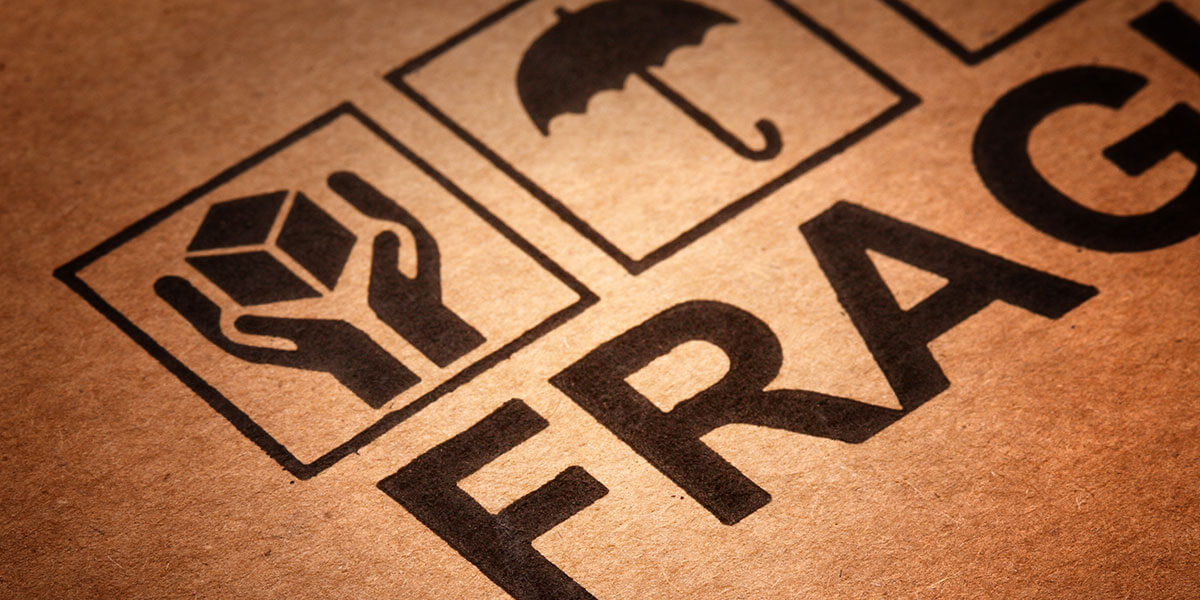
Shipping fragile items internationally can be a nerve-wracking process, but with the right preparation, packaging, and shipping method, you can ensure your delicate goods arrive safely. Whether you’re sending glassware, electronics, or art pieces, taking extra care when packaging and choosing a reliable shipping service are key to protecting your fragile items. Here’s a comprehensive guide on how to ship fragile items internationally.
Step 1: Understand the Nature of Your Fragile Items
Different items require different levels of care. The first step in shipping fragile goods is identifying their specific needs. For instance, glass and ceramics are more prone to breakage, while electronics might need protection from both impact and moisture. Take note of the material, size, and shape of the item to determine the type of packaging and protection required.
Types of Fragile Items:
- Glassware and ceramics
- Electronics (smartphones, laptops, etc.)
- Fine art (paintings, sculptures)
- Antique items
- Musical instruments
Step 2: Choose the Right Packaging Materials
Proper packaging is the most crucial step in ensuring the safety of your fragile items. To prevent damage during transit, you’ll need to create a strong, cushioned barrier around your goods. Here’s a list of the materials you should consider:
Essential Packaging Materials:
- Sturdy boxes: Double-walled cardboard boxes are ideal for international shipments as they provide extra protection against rough handling.
- Bubble wrap: This provides cushioning to absorb shocks and impacts.
- Packing peanuts or foam inserts: Fill the empty space around your item with these materials to prevent movement inside the box.
- Packing paper: Wrap delicate items with packing paper for an additional layer of protection.
- Tape: Use high-quality packing tape to seal the box securely.
- Fragile stickers: Label your package with “FRAGILE” stickers to alert carriers about the contents.
Step 3: Prepare and Pack the Item
Once you have all the materials, follow these steps to safely package your fragile item:
- Wrap the item: Start by wrapping your item in multiple layers of bubble wrap, ensuring that every surface is covered. For extra protection, add a layer of packing paper.
- Cushion the box: Before placing the item in the box, add a layer of packing peanuts or foam inserts at the bottom. This will absorb impact if the box is dropped.
- Secure the item: Place the wrapped item in the box, ensuring there’s enough space around it. Fill the gaps with packing peanuts or crumpled paper to prevent any movement during shipping.
- Add layers: If you’re shipping multiple fragile items, wrap each one individually and place them in the box, separating them with layers of packing paper or foam.
- Seal the box: Close the box and seal all edges with heavy-duty packing tape. For added security, tape over the box seams several times.
- Label the package: Affix “FRAGILE” stickers on all sides of the box to inform the carrier that the contents require special handling.
Step 4: Choose a Reliable Shipping Service
Not all shipping carriers handle fragile items with the same level of care. It’s essential to choose a reputable carrier with a strong track record in handling delicate items, especially for international shipments.
Factors to Consider When Choosing a Shipping Carrier:
- Experience with fragile items: Some carriers specialize in transporting delicate and high-value items.
- Insurance options: Ensure your item is insured for its full value. In the event of damage or loss, insurance will help you recoup your costs.
- Tracking services: Select a service that offers tracking, so you can monitor your package’s progress throughout the journey.
- Customs handling: Make sure the carrier handles customs paperwork and processes to avoid delays.
Step 5: Handle International Shipping Requirements
Shipping internationally requires some extra steps compared to domestic shipping. Here are some key considerations:
- Customs declaration: You’ll need to fill out customs forms that list the value, description, and purpose of your shipment. Ensure that you declare your fragile items correctly to avoid complications.
- Shipping restrictions: Each country has its own set of regulations regarding what can be imported. Check the destination country’s list of prohibited or restricted items to make sure your package complies with the rules.
- Shipping insurance: Always opt for insurance when shipping fragile items internationally. Shipping insurance will protect you in case of damage or loss during transit.
- Time-sensitive shipping: If your item is time-sensitive (such as perishable goods or gifts), choose a shipping service that offers expedited options to ensure your package arrives on time.
Step 6: Monitor Your Shipment
Once you’ve packed and shipped your fragile item, make sure to keep track of it. Use the tracking number provided by the carrier to monitor the package’s location and expected delivery time. If any issues arise during customs or transit, you’ll be able to resolve them quickly by staying informed.
Step 7: Handling Returns and Refunds
In the unfortunate event that your item arrives damaged, it’s important to have a process in place for returns and refunds. Communicate clearly with your recipient, asking them to photograph any damages upon arrival. This documentation will be essential for filing an insurance claim with the carrier.



